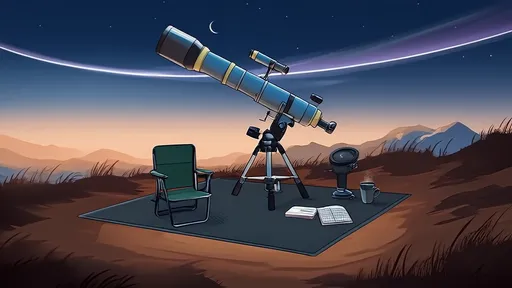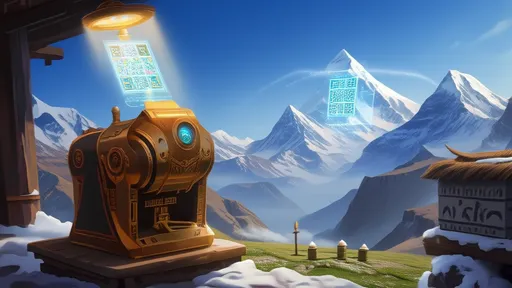The concept of time has always fascinated humanity, and nowhere is this more playfully celebrated than at the International Date Line Beach Party—a unique gathering dedicated to marking the occasional addition of a leap second to our clocks. Unlike New Year’s Eve or other globally synchronized events, this celebration is a whimsical nod to the scientific and cultural quirks of timekeeping. Held on the sandy shores where the International Date Line meets the ocean, the party attracts time enthusiasts, scientists, and curious travelers alike, all eager to savor an extra second of joy under the open sky.
The International Date Line Beach Party is more than just a quirky event; it’s a testament to humanity’s relationship with time. The leap second, introduced to account for Earth’s irregular rotation, is often overlooked in daily life. But here, on this remote stretch of beach, it becomes the centerpiece of a vibrant celebration. As the sun dips below the horizon, attendees raise their glasses—not to a new year, but to a single, shared second that exists outside the ordinary flow of time. The atmosphere is electric, filled with laughter, music, and a sense of camaraderie among those who appreciate the absurdity and beauty of the moment.
What makes this party truly special is its location. The International Date Line, an imaginary line that roughly follows the 180th meridian, is where the calendar day officially begins and ends. Standing on this boundary, revelers can literally straddle two different dates, adding a layer of surrealism to the festivities. Some attendees take photos with one foot in "today" and the other in "tomorrow," while others debate whether the leap second technically belongs to the past or the future. It’s a lighthearted yet thought-provoking experience that blurs the lines between science and celebration.
The leap second itself is a marvel of modern timekeeping. Since its introduction in 1972, it has been added 27 times to Coordinated Universal Time (UTC) to account for the gradual slowing of Earth’s rotation. While most people never notice these adjustments, the International Date Line Beach Party turns them into a cause for celebration. Scientists and astronomers often give informal talks on the beach, explaining the intricacies of time measurement and the challenges of synchronizing clocks across the globe. For many attendees, these impromptu lectures are as much a highlight as the countdown to the leap second itself.
Music and art play a central role in the festivities. Local and international performers take to makeshift stages, blending traditional melodies with electronic beats that echo the theme of time. Artists create sand sculptures that melt away with the tide, symbolizing the fleeting nature of the extra second. Food vendors serve dishes inspired by time zones and cultures from around the world, offering a culinary journey that mirrors the global nature of the event. The party’s aesthetic is a mix of tropical beach vibes and futuristic decor, with glow-in-the-dark accessories and projections of celestial maps adding to the otherworldly ambiance.
For those who attend, the International Date Line Beach Party is a reminder of how arbitrary yet essential our constructs of time are. In a world obsessed with productivity and schedules, this celebration invites people to pause—literally—and reflect on the strange, shared fiction of clocks and calendars. It’s a rare opportunity to marvel at the fact that, for one second, everyone on Earth is united in the same temporal anomaly. And as the party winds down and the tide washes away the footprints in the sand, attendees leave with a newfound appreciation for the invisible threads that bind us all—time, in all its imperfect, human-made glory.

By /Jul 16, 2025

By /Jul 16, 2025

By /Jul 16, 2025

By /Jul 16, 2025

By /Jul 16, 2025

By /Jul 16, 2025

By /Jul 16, 2025

By /Jul 16, 2025

By /Jul 16, 2025

By /Jul 16, 2025

By /Jul 16, 2025

By /Jul 16, 2025

By /Jul 16, 2025

By /Jul 16, 2025

By /Jul 16, 2025

By /Jul 16, 2025

By /Jul 16, 2025

By /Jul 16, 2025